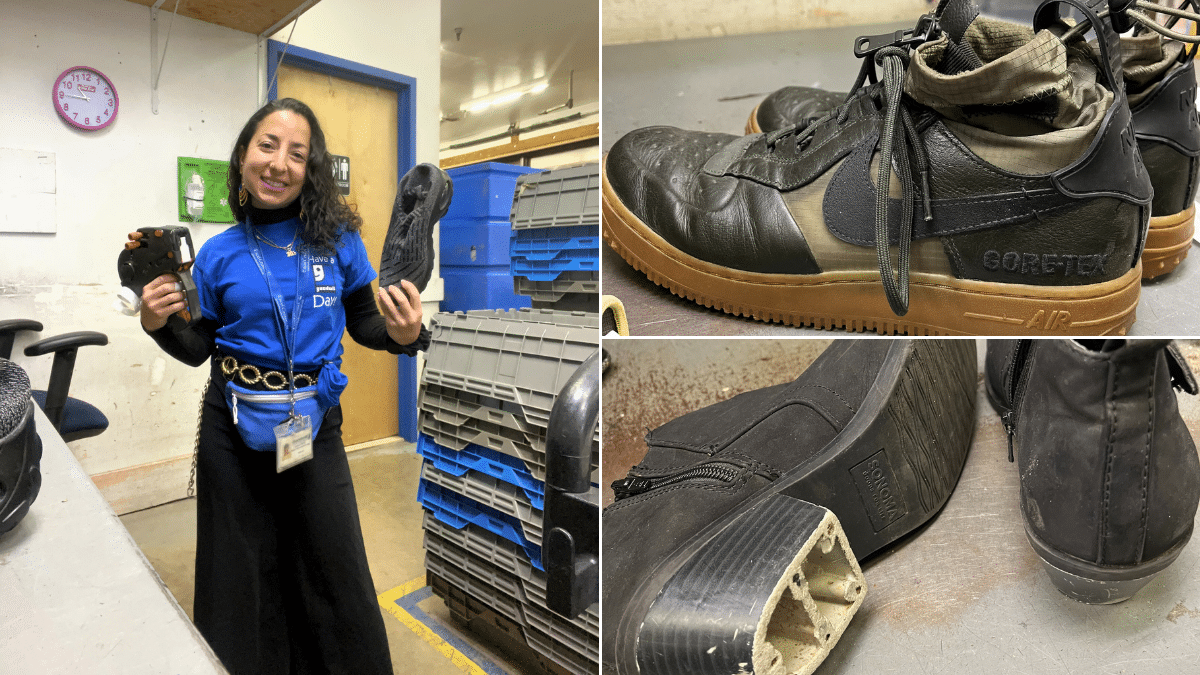
It's no secret that most of my wardrobe (I'm talking more than 80% of my closet) is from Goodwill. From vintage wool coats to patterned dresses, my thrifted fashion collection is eclectic and comprehensive. One of my favorite items to buy secondhand is shoes. A solid new pair can be pretty expensive these days, so when I find the perfect fit in a fun style at Goodwill, they immediately make it into my cart - without a thought.
It's always an obvious buy, no consideration needed, but I also do not consider how my secondhand gem even made it onto the Goodwill floor. I never think about the process of sorting through shoes, the person who carefully inspected them, or the knowledge needed to determine whether an item is good to sell at Goodwill instead of going to salvage recycling operations.
At the end of December, I had the unique opportunity to close the year by volunteering with processing donations at the Goodwill nonprofit store and donation center in Gaithersburg, MD. I was excited to expand my knowledge about what it takes to run a thrift store (spoiler alert: it's not easy!), and I would have never suspected that I'd be going through, guess what -- shoes!
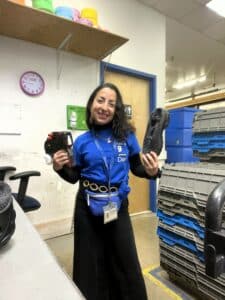
From the morning through the afternoon, I was assigned to a station where I carefully went through hundreds of shoes to evaluate their condition and determine if they could be sold to the public or go through Goodwill's sustainability-first salvage operations. I then brought the final priced pairs onto the store's floor, merchandising them periodically. It was indeed an eye-opening experience. I could write a short book on all of my insights! But to keep things short and sweet, here are three a-ha moments that reshaped my view of Goodwill and will alter my shopping AND donating behaviors. Hopefully, they'll do the same for you!
1. Passionate, hard-working, and community-oriented people process donations. This is an obvious fact, but I only really thought about what it takes to go through shoes once I was the person processing! Goodwill retail stores operate so efficiently that it sometimes feels like exceptional items waltz through a donation center onto a salesfloor. But this is not the case. Donations intentionally go through various hoops, touchpoints, and pairs of hands to ensure the best items are offered to the public. Now, when I buy a pair of inexpensive shoes at Goodwill, I give gratitude. I think about the effort it takes for the incredible individuals behind the scenes to guarantee that I find my Goodwill gold, time and time again.

2. Goodwill processes hundreds of shoes; only the best quality fraction is offered to the public. I literally touched hundreds of pairs of shoes during my multi-hour volunteer engagement at Goodwill. From lace-less, bottomless sneakers to designer heels, I saw it all. However, not all of it was priced for the community to purchase to fund the nonprofit's mission. In fact, most of the items I went through were quite worn and damaged beyond repair (little-known fact: Goodwill doesn't clean or repair items to ensure that prices are as low as possible). I finally experienced first-hand that Goodwill has to review a lot of donations constantly, like, A LOT, to ensure that it offers a variety of quality footwear all of the time.
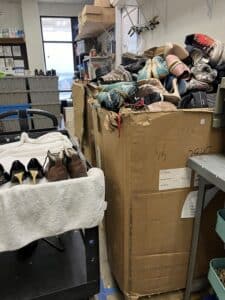
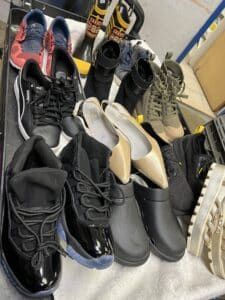
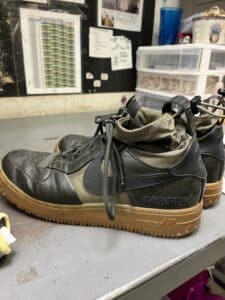
You might wonder, "What happens to the shoes that Goodwill cannot sell?"
Goodwill is planet-first and committed to keeping as much as possible out of local landfills and the trash. Therefore, the nonprofit recycles and repurposes unsellable shoes through sustainability salvage operations. Textile Salvage Operations - Goodwill of Greater Washington (dcgoodwill.org) Fun Fact: Goodwill also recycles plastic film, glass, and electronics! As 2024 progresses, textile recycling offerings will also expand.
When I go to a Goodwill now, I don't just see what's being sold at face value. I think about the thousands of items that had to be reviewed to make the hundred available to me.
It takes a lot of work to review the sheer number of donations that Goodwill receives in various conditions. And for that, I have a lot of appreciation.
3. Donate with intention. A sole-less, dirty shoe will do less good than one would think. Worn shoes aren't the most fun things to touch, even with thick gloves! Muddy sneakers with caked-on foot powder and saggy wet boots, no matter the brand, will never make it to Goodwill's retail sales floor (unless it's Chanel, maybe) because they are things one would never give to a friend and are well past their lifespan. Although donated with good intentions, these shoes cannot be sold in a retail store to fund Goodwill's nonprofit mission of transforming lives in the community through the power of education and employment.
If you saw no-sole Nikes at Goodwill, would you buy them? Likely not.
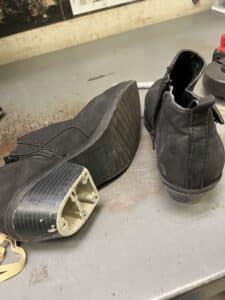
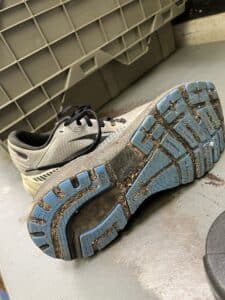
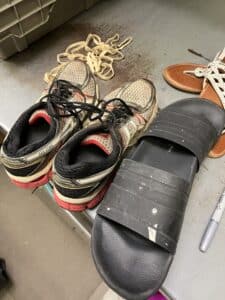
Therefore, the next time you go through your footwear for donations, ensure they are in good condition and that you'd give them to a loved one. If you'd thrift them yourself, they're good to be resold. Community donations power Goodwill's inexpensive inventory, so whatever is given to the organization informs the organization's in-store experience.